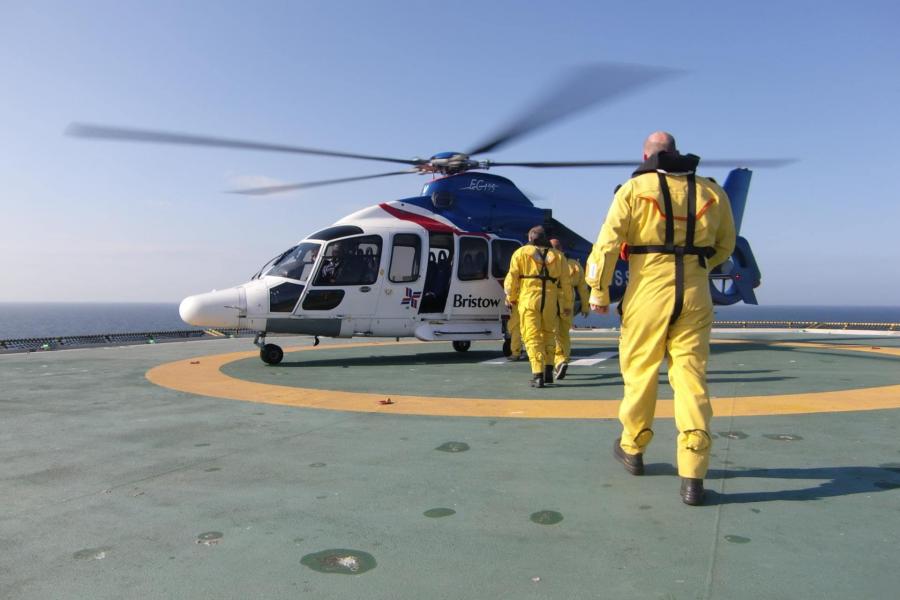
Initial (ATEX) inspection on explosion-proof equipment
INTRODUCTION
For safety reasons, in areas with a risk of explosion, it is essential that the correct equipment has been chosen, and at least as important that this specific equipment is also properly assembled and connected. In addition, it is important that the special characteristics of the equipment deployed in an explosion-proof manner will be maintained throughout the life of these installations. This concerns the control of conditions in an explosive atmosphere, in situations where it is not possible to eliminate the risk of explosion by replacing substances.
INSPECTION METHODOLOGY
The purpose of the initial inspection prior to the first commissioning of the electrical installation and the chosen equipment in hazardous areas is to check compliance with the technical requirements and safety regulations, as well as the prevention of gas and dust explosions.
During an initial inspection, the newly installed explosion-proof equipment in a zoned area is inspected prior to its first commissioning in accordance with NEN-EN-IEC 60079-14.
The inspection concerns a detailed inspection and is a so-called open inspection in which the equipment is opened. This can generally only be carried out prior to commissioning and when the equipment in question is electrically secured.
During the first detailed inspection of the electrical installation, it will be checked:
- whether the chosen protection method corresponds to the danger zone;
- whether the installation method of the equipment and pipes used is correct;
- whether the intrinsically safe power chains have been properly installed;
- whether the documentation and certificates are present and complete;
- whether unauthorised changes have been made;
- on identification of the power supply chain of the equipment and the legibility of inscriptions;
- on overload protection;
- on the sealing of cable ducts, shafts, pipes, installation pipes, etc.;
- on earthing connections and additional settlement;
- on the separation between intrinsically safe power chains and non-intrinsically safe power chains.
After the first detailed inspection has been carried out, follow-up is required which can be completed in several ways. This may consist of continuous supervision or carrying out periodic inspections. These can be performed as visual, close or detailed. Visual inspections (which take place annually in combination with continuous supervision) and close inspections (which take place at least once every three years) can be carried out while the equipment is switched on. For detailed inspections (which usually take place once every six years), the equipment will generally have to be electrically secured.
INFORMATION
For additional information about our services and the possibilities, please call us on +31 88 4505720.